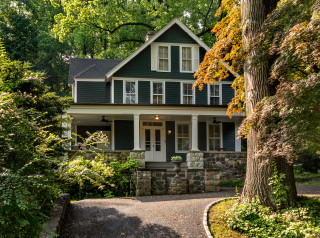
“Clients should ask for a clear explanation of fees, what’s included and what may incur additional costs,” de Linde says. “It’s also helpful to ask how the architect will support cost control during the project, for example, by coordinating with quantity surveyors or contractors.”
Rees suggests some specific questions to ask. “What costs are typically overlooked at the outset? What assumptions are built into your cost estimate? What allowances should we make for unknowns or changes? How are your fees structured?” he says. “Understanding whether fees are fixed, percentage-based or staged can prevent surprises later.”
Be clear about what you mean by your own budget expectations too. “Give your preferred budget, but be honest about how much it could potentially stretch. Please also share whether you understand that the fees might be included within that number, or whether in your mind this budget is only for the building works,” Schienke says.
“When the client … tells [me] their budget, this always needs to include basically every cost connected to the project, starting from fees and construction costs, allowances for any permissions and consent costs, [through to] kitchen, bathrooms, timber floors and so on.”
Ideally, you’ll work together to fine-tune your budget. “Budget is a complex subject, especially for home renovations and extensions [additions], because there are numerous unknowns associated with the brief and existing building. There’s no simple one-size-fits-all rate,” Rees says.
“In addition, clients have different needs, with the three main drivers being speed, quality and cost,” he says. “Talking through these with an architect, project manager or quantity surveyor will help you establish a budget.”
This article was originally published by a www.houzz.com . Read the Original article here. .

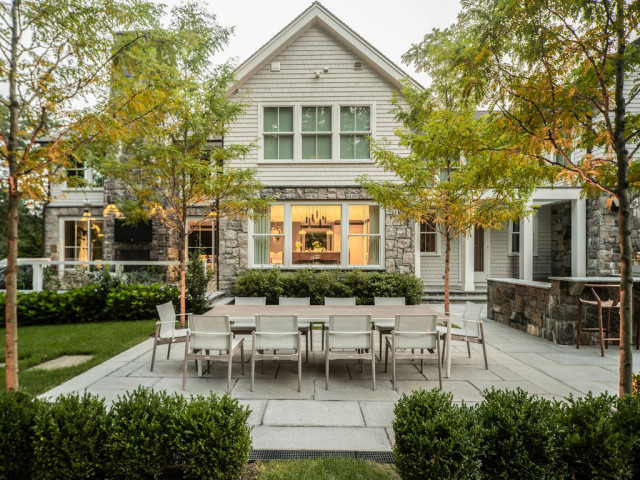
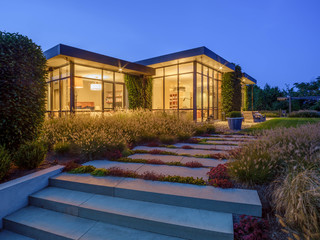
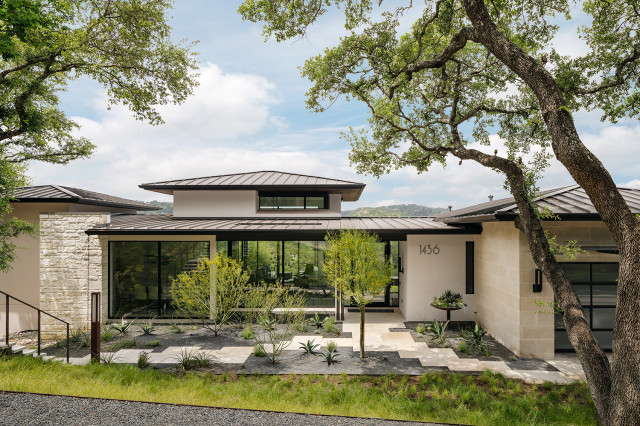
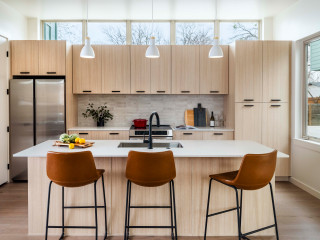
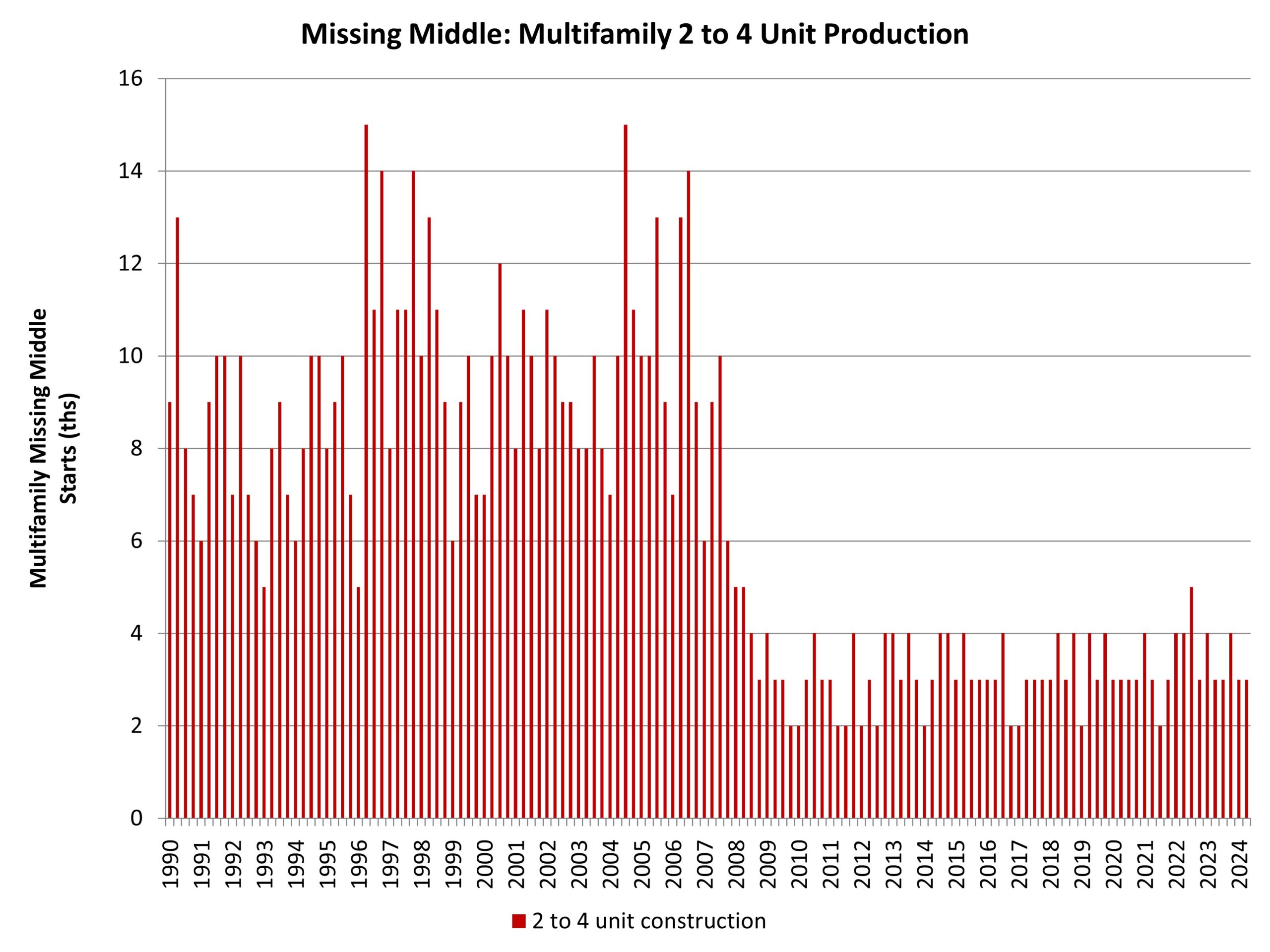
Whether you’re looking to expand your home’s footprint or completely rebuild, an architect can help ensure that the new structure marries seamlessly with the old. And if you’re building an entirely new structure, a trained architect can design a home that sits well with the character of the neighborhood and region.
In the space shown here, Jimmy Crisp of Crisp Architects worked with the homeowners to fully remodel and add onto their original farmhouse, while respecting the original architecture. The additions, done in the Greek revival style, are consistent with the age of the home and the style of the region.
Shop for home products on Houzz